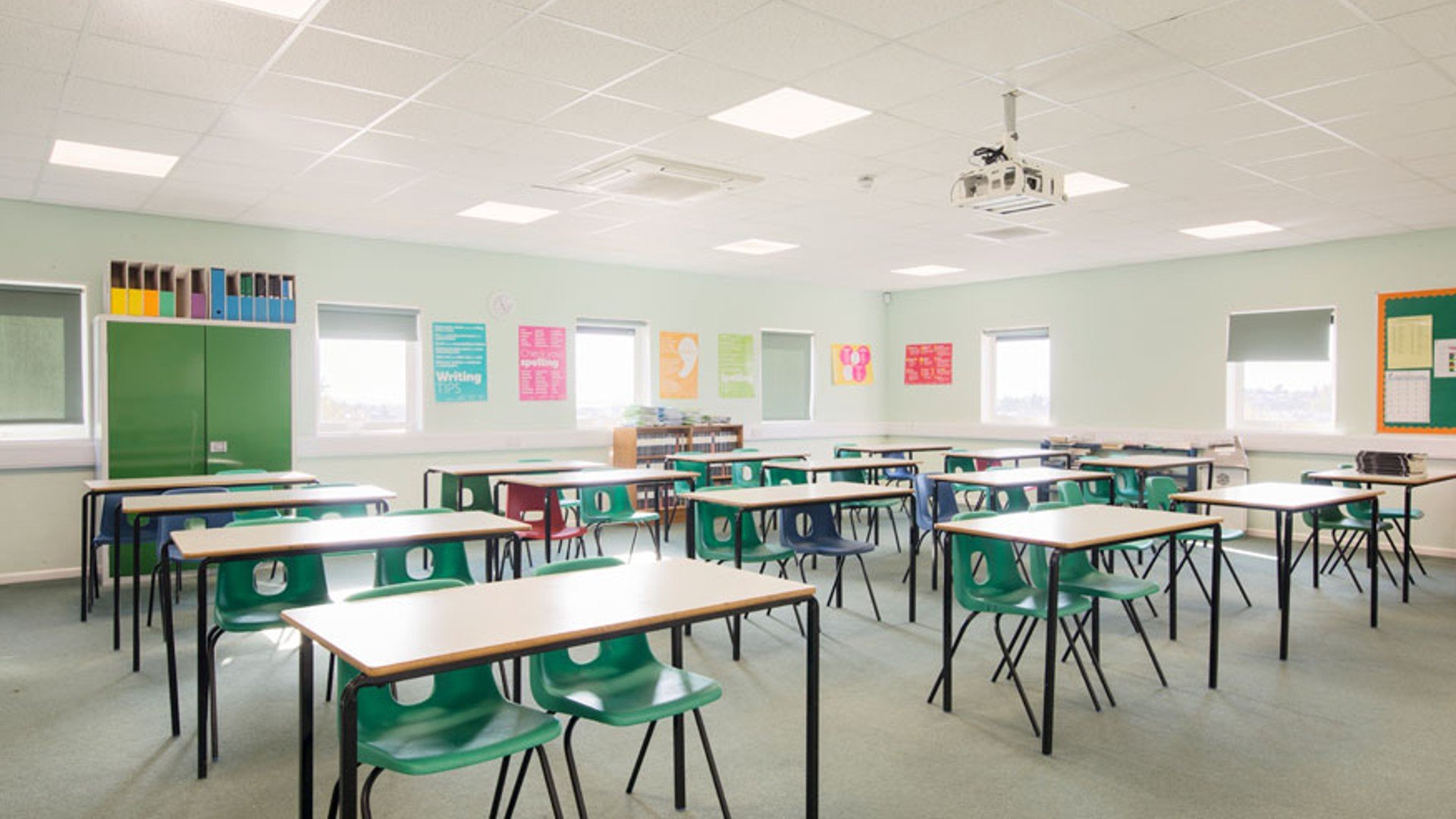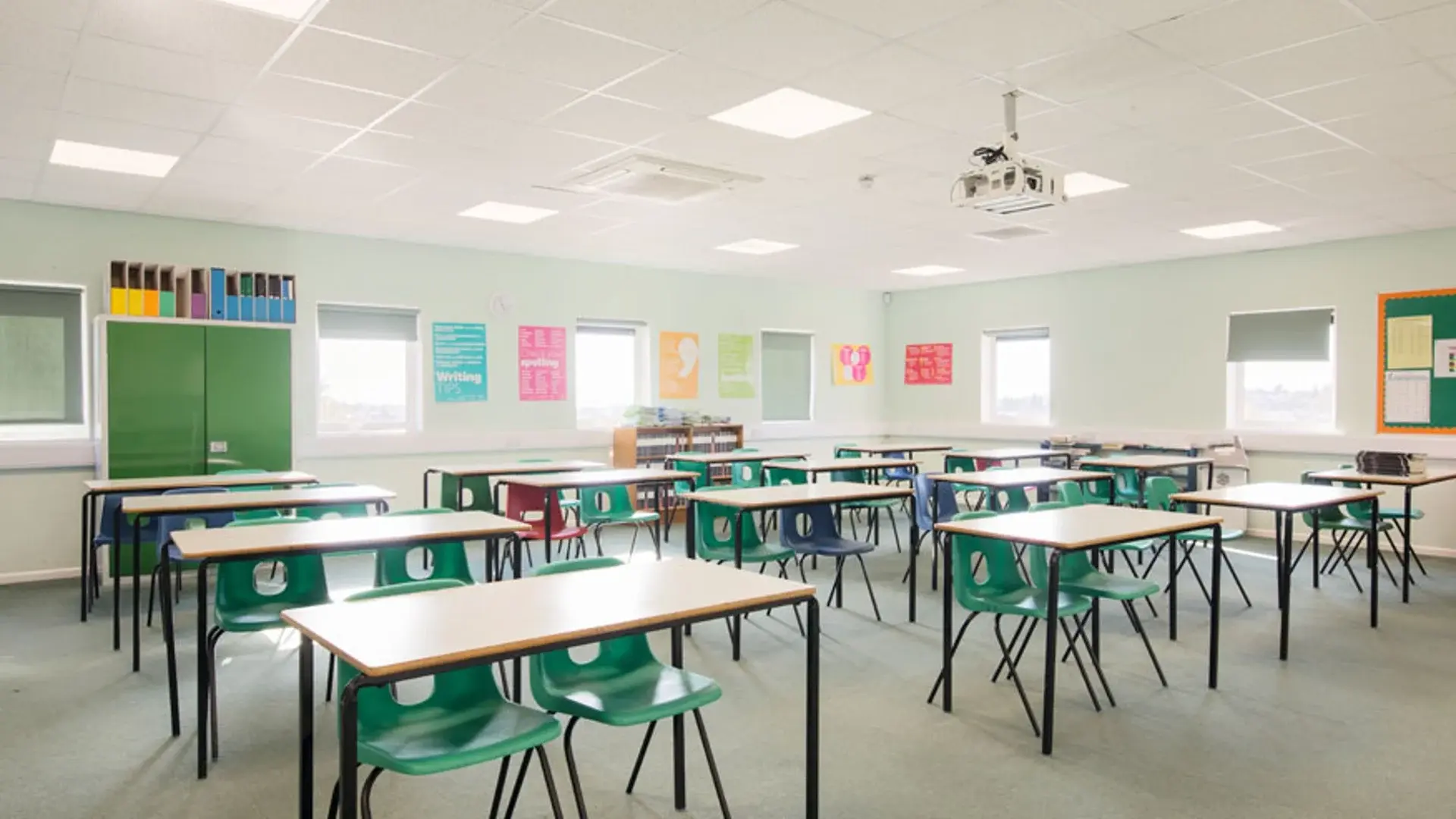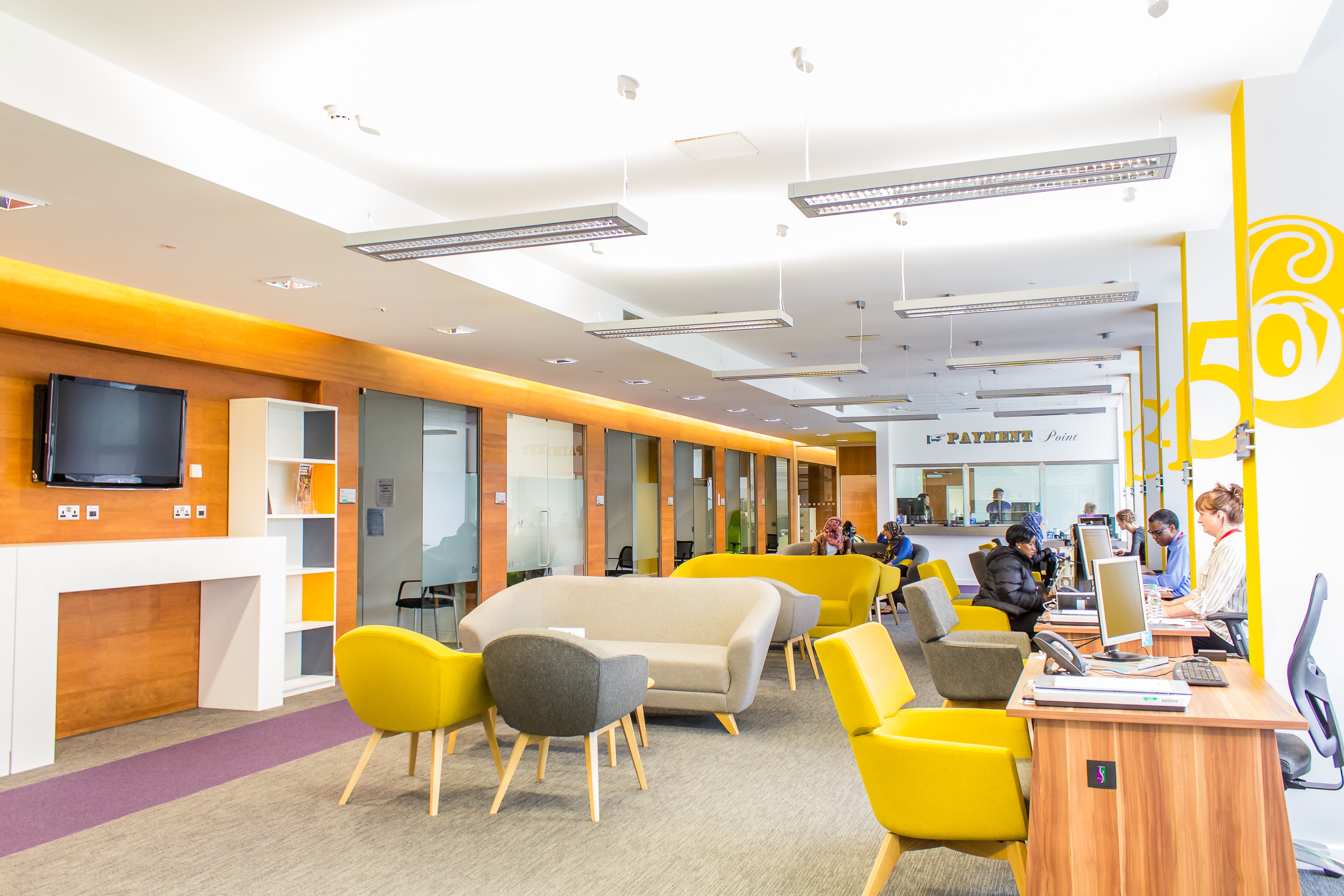How to light educational spaces & why it pays to get it right

Wellbeing and mental health are important pillars of sustainability in WELL standards. One key aspect from the WELL standard is LIGHT. In all aspects of life, light has a major influence, and that is certainly the case for the educational spaces.
From children and young adults to teachers, the spaces in which we teach are changing. They are becoming more dynamic, more considered, more human-centric. As well as temperature, humidity and ventilation, lighting is central to providing the optimal conditions for both lecturer and student.
A well-planned physical learning environment should help increase equality and ‘levelling up’ in education. This means every student should have the same chance to reach their full potential. Those who are easily distracted, taught in their second language, and students with visual and hearing impairments, suffer the most by an environment with poor lighting, acoustics, room design etc.

Through design changes based on wellbeing, and the knowledge around learning processes we have now, compared to 100 years ago or even 10 years ago, it is no longer acceptable to leave schools and higher education spaces in the past.
A number of studies indicate that in schools and higher education establishments, attention levels are significantly linked to light. Concentration, focus and learning retention are key to maximising academic performance, and the right lighting can help boost these essential elements among students.
Two recent studies addressed the need to re-design educational spaces and benchmark the impact of educational spaces on student and staff wellbeing. They investigated how these areas are lit:
- Chloe Agg, University of Warwick - Wellbeing in Educational Spaces
- Jen Lorrimar-Shanks, CaSA Architects - Healthier, happier schools: how to improve performance of existing UK schools
Results of both these studies acknowledged the relationship between poor lighting (glare) and wellbeing. Many of the educational spaces that they surveyed failed to meet the benchmarks for illuminance and there was a perceived variance in productivity in different environmental conditions – clear links with lighting.
Chloe Agg’s study found that there are numerous benefits to addressing student wellbeing and that lighting requirements were a recommended area of focus for university estate teams. The benefits being that during education hours, students bodies and brains will perform better, teacher absenteeism and stress will be reduced, providing the best outcome for all.
Jen Lorrimar-Shanks found a clear correlation between poor school environments, increased sick leave, and reduced academic performance. Poor lighting was linked to the reduced ability to process information, clearly affecting students.
The team at CaSA Architects drafted a framework which was developed and tested in the case study evaluations, then subsequently revised before incorporation into the diagnostic toolkit:
The diagnostic tool was built using staff surveys, interviews, physical assessment, and environmental monitoring. Self-reported data (surveys) is reinforced (triangulated) by physical assessments and environmental monitoring.
In education environments that were studied, they found that blinds were often drawn to control glare on display screens. This tells us that schools will definitely benefit from a lighting retrofit. Tamlite luminaires such as LOGIK and HORIZON COMFORT/FOCUS are manufactured with optics for glare control.
All BS EN-12464 compliant, these lighting systems perform perfectly in education areas, offering optimal spacing and big energy savings.
Talk to us about projects in Education. Tamlite Lighting provide luminaires for every area within Education, so work with us to get the best results.
Check out more information on our Education sector luminaires and projects from here.



